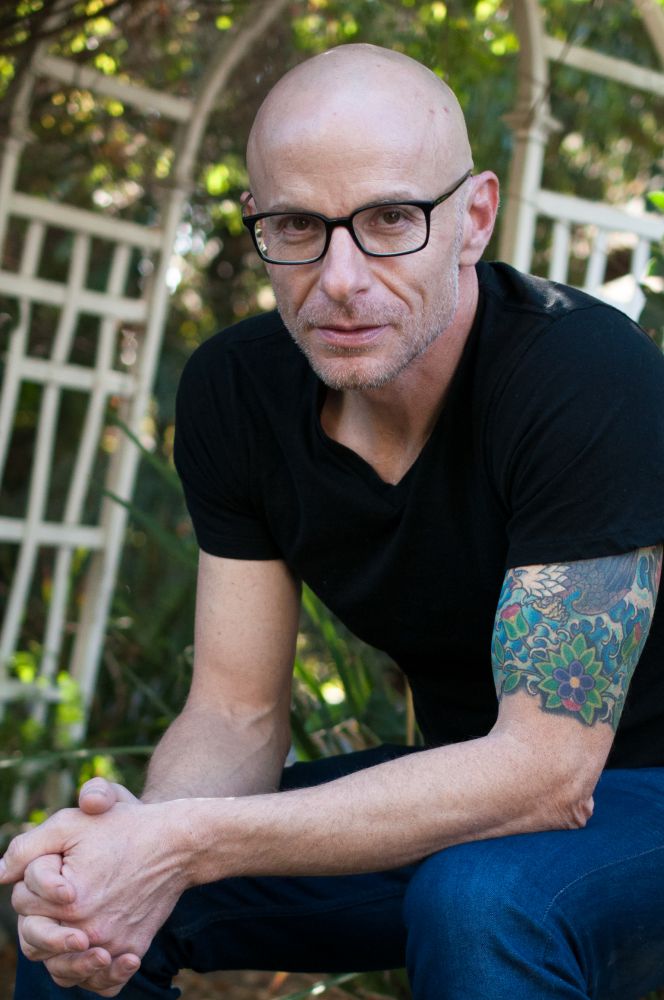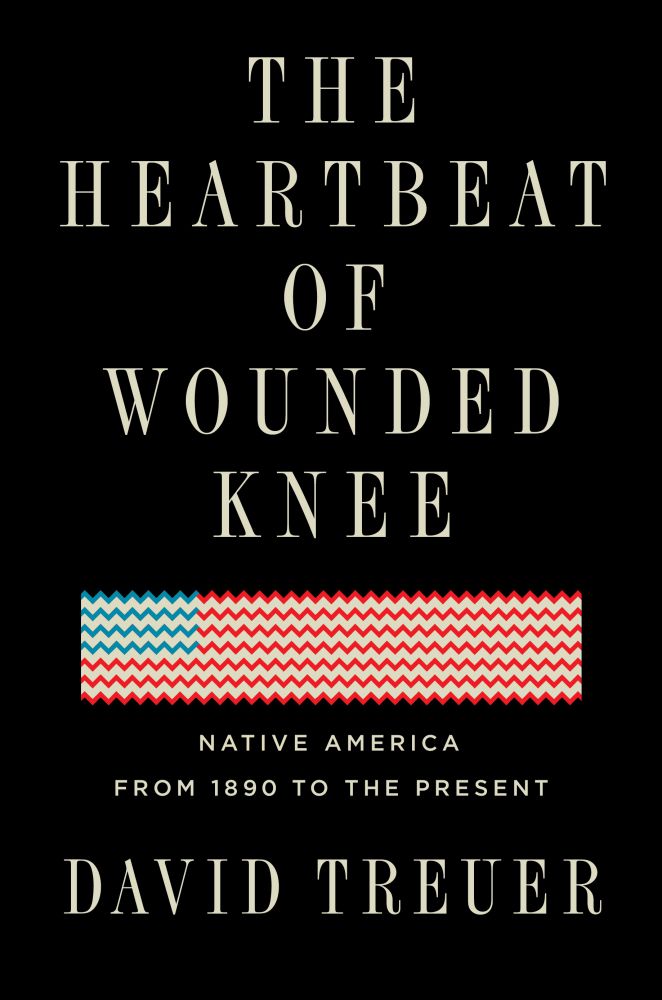
‘The Heartbeat of Wounded Knee’

David Treuer wants you to know that Native Americans have not vanished into the past. He’ll explain why Monday, Feb. 4, at 5 p.m. in the McCune Conference Room on the sixth floor of UC Santa Barbara’s Humanities and Social Sciences Building to mark the release of “The Heartbeat of Wounded Knee: Native America from 1890 to the Present” (Penguin Random House, 2019). The event, which is free and open to the public, is sponsored by the UCSB departments of history and anthropology and Chaucer’s Bookstore.
James F. Brooks, a UC Santa Barbara professor of history and of anthropology, said Treuer’s latest book is an important contribution to understanding Native American history.
“Treuer brings an extraordinary range of sensibilities to this book; those of a novelist, of a literary critic, of a memoirist and of an Indigenous anthropologist who believes that his own native Ojibwe language, like ‘long abandoned seeds found in caves that sprout and bear produce,’ contains a deeper understanding of culture history,” Brooks said.
An Ojibwe from the Leech Lake Reservation in northern Minnesota and a professor of English at USC, Treuer takes issue with the widely held notion that Native American history ended with the massacre at Wounded Knee in 1890. In “The Heartbeat of Wounded Knee,” he recounts Native America’s near history of tenacity and resilience.
“Our beliefs shape our perceptions,” he said, “and our perceptions in turn shape our reality.”
For most Americans, Treuer said, the story of this country is reinvention — religiously, economically, socially — and a fresh start. After all, he notes, Jay Gatsby was from North Dakota.
“But Indians don’t make sense, individually or collectively, without the past,” he said. “Our sense of ourselves derives from our connection to our tribal homelands and tribal ways, and also to the ways in which our bloody history has shaped us. The past is both where we’re from and what we’ve survived. And so as we try to imagine an Indian future, we must also look back.
“And maybe this is a healthier approach to dreaming for all of us,” Treuer continued. “Maybe we should all do our best to see the past for what it is, in order to have a more honest and more fruitful future. So if we persist in seeing the story of Indian life as a story of loss, all we will see is loss; and if all we see is loss, we will be unable to imagine (and thus make) a better future.”



